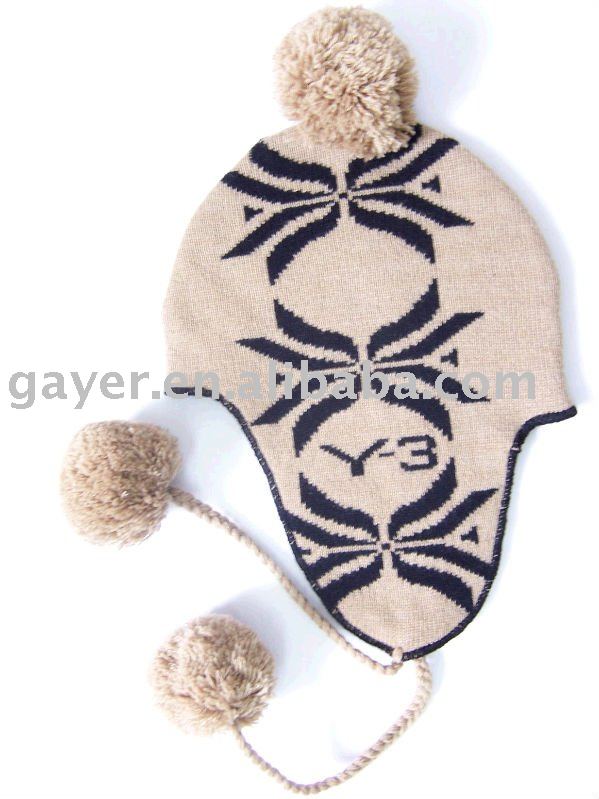Tuesday, December 6, 2011
Wine Review: Three Champagne Houses
Mumm
Here, I had the chance to taste two: Mumm Cordon Rouge, their traditional brut and a Mumm Millisimé 2004, a vintage made from only the 2004 harvest.
Mumm Cordon Rouge
ABV: 12.5%
Composition: 45% Pinot Noir, 25% Pinot Meunier, 30% Chardonnay
There is something different about Mumm champagne and which I think is what makes it the best that I tasted. Mumm champagne is actually fermented three times rather than twice. The first is obviously the fermentation that turns the grape juice into wine and the last is the prise de mousse , in which the wine becomes champagne. However, in between these two stages, the wine undergoes a mallo-lactic fermentation. For those of you who have not taken Latin, lacto- means milk. It’s a fermentation that makes the champagne less acidic and creamier.
The Cordon Rouge was excellent—tart enough, creamy enough, with a lively amount of bubbles. For someone whose main complaint against champagne is that it was too dry, the mallo-lactic fermentation is excellent. But, of course and unfortunately , the millisimé is even better. It has been aged longer, making even more of the dryness disappear. Finally, the millisimé contains only Pinot Noir and Chardonnay, giving it a higher quality and more of the “refinement” that the Chardonnay brings.
Finally, there’s one last reason that I pefer to buy Mumm—it also seems to be one of the few champagne houses that still owns its own vineyards, sourcing 80% of its grapes from their own estate’s vines.
Charles Cazanove
At Cazanove, I tried three types of champagne: a traditional brut, a rosé, and a demi-sec. The brut was champagne—more acidic than Mumm. It’s made of 10% Chardonnay, 60% Pinot Noir, 30% Pinot Meunier, so it really should have tasted fruitier than it was, but all I got was champagne taste.
The rosé, however, struck me as bizarre. It’s made by mixing a still red wine with regular champagne. To me, it tasted like weak red wine. With bubbles. It was weird. I think I’ll have to give it another try another time maybe.
Finally, the demi-sec was incredibly sweet. I really couldn’t manage to drink it. Unlike some sweet wines, you really didn’t taste anything but sugar.
Castellane
I tried three champagnes here, but unfortunately there a little fuzzy. They were very generous servings and I hadn’t eaten a lot that day. I tried their traditional brut, their millesimé (2004) and their special cuvee (2002). The Castellane brut is composed of 33% Pinot Noir, 33% Pinot Meunier and 33% Chardonnay. Unlike Charles Cazanove, I did taste the predominance of “red wine,” making for a fruitier champagne. It was pretty nice for someone who once again, does not particular care for the dryness of champagne.
Their millesimé was also excellent—a bit more “refined” with a higher amount of Chardonnay, but I have to say that I preferred the Brut, since it had more unique taste.
sparkling
Thoughts from a bus stop: or more ways in which my students will get themselves killed
Lot is possibly not the best word. Horde maybe? Stampede? A little goofing around is one thing, but this bus stop is on the Route d’Albi, a regional highway. (For those of you who live in my area, it would be the equivalent of Route 100 or maybe Route 23). These kids are darting back and forth through traffic and jokingly pretending to throw each other in front of cars. They get into silly fights and run around without noticing their path takes them extremely close to, and sometimes into the road.
Conclusion: The French students who don’t die in a fire will probably be hit by cars.
On a less morbid note, here are my other observations.
Firstly, the unexpected positive byproduct of this is that I’ve now memorized the various French emergency numbers: 15 for SAMU (medical aid inside the house), 17 for the police and 18 for the pompiers (the fire department and medical aid outside the house).
Secondly, seeing a seventh grader trying to look tough with this on his head is pretty hysterical.
Thirdly, I have the exact same sweater as one of my students.
